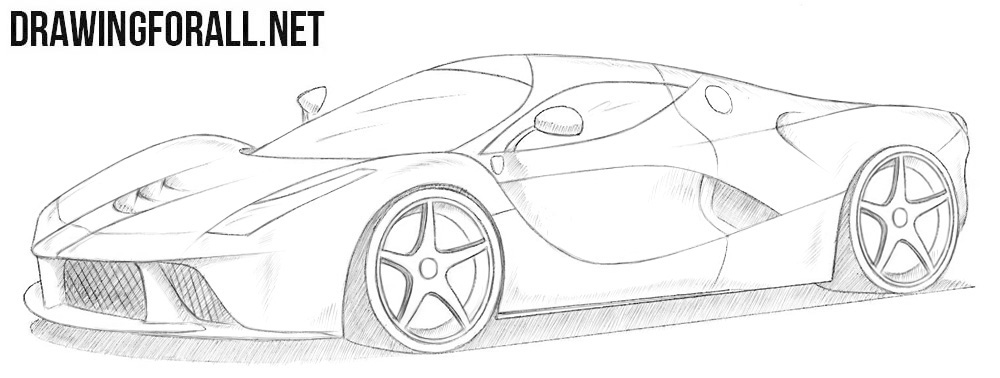Wolf drawings clipart drawing library
Table of Contents
Table of Contents
Have you ever stared at a blank piece of paper, eager to learn how to draw a wolf but not knowing where to start? Drawing a wolf can seem like a daunting task, but with some practice and patience, you can bring this majestic creature to life on paper. In this post, we will guide you through the steps of how to draw a wolf, from understanding its anatomy to learning how to capture its unique features.
When it comes to drawing a wolf, one of the biggest concerns is getting the proportions right. It can be challenging to create a balanced and realistic drawing without proper knowledge of wolf anatomy. Another common pain point (without explicitly using the term) is capturing the wolf’s unique features, such as its fur and facial features.
To begin drawing a wolf, start by studying its anatomy. A wolf’s body has many unique features, such as its broad chest, long legs, and pronounced snout. Understanding these features will help you create a realistic drawing. Next, focus on the wolf’s fur, which can be a challenge to capture. Pay attention to its texture, direction, and color. Finally, study the wolf’s facial features, such as its piercing eyes and angular jawline.
In summary, drawing a wolf requires a deep understanding of its anatomy, fur, and facial features. With practice, patience, and the right techniques, you can create a stunning drawing of this magnificent creature.
How to Draw a Wolf and Its Anatomy Target
When I first started drawing wolves, I struggled to get the proportions right. It wasn’t until I studied their anatomy that I was able to create balanced and realistic sketches. When drawing a wolf, it’s essential to start with a basic framework that includes its head, body, legs, and tail. Once you have this structure in place, you can begin to add details such as fur, paws, and facial features.
 Start by drawing a circle for the head, followed by a larger circle for the body. Next, add two circles for the legs and a long rectangle for the tail. Once you have the basic framework in place, you can start to add details, such as the wolf’s fur and facial features. Pay attention to the direction of the fur and how it covers the wolf’s body. Use shading to create depth and texture.
Start by drawing a circle for the head, followed by a larger circle for the body. Next, add two circles for the legs and a long rectangle for the tail. Once you have the basic framework in place, you can start to add details, such as the wolf’s fur and facial features. Pay attention to the direction of the fur and how it covers the wolf’s body. Use shading to create depth and texture.
How to Draw a Wolf’s Fur and Facial Features Target
One of the most challenging aspects of drawing a wolf is capturing its unique features, such as its fur and facial features. When it comes to drawing fur, it’s essential to pay attention to its texture, direction, and color. Use short, quick strokes to create the appearance of individual hairs, and vary their length and thickness to make the fur look more realistic.
When drawing a wolf’s facial features, pay attention to its piercing eyes, sharp snout, and angular jawline. Use shading to create depth and texture, and focus on capturing the unique features that make wolves so fascinating.
The Importance of Practice in Learning How to Draw a Wolf
As with any skill, learning how to draw a wolf requires practice and patience. Don’t be discouraged if your first attempts don’t turn out exactly as you hoped. The key is to keep practicing, using different techniques and styles until you find what works best for you.
 Get inspired by looking at reference images, watching tutorials, and experimenting with different mediums. Whether you prefer to draw with pencil, charcoal, or digital tools, there are countless ways to approach drawing a wolf. Remember that practice makes progress, and every drawing is an opportunity to learn and improve.
Get inspired by looking at reference images, watching tutorials, and experimenting with different mediums. Whether you prefer to draw with pencil, charcoal, or digital tools, there are countless ways to approach drawing a wolf. Remember that practice makes progress, and every drawing is an opportunity to learn and improve.
Tips for Drawing a Wolf
When drawing a wolf, there are a few tips that can help make the process smoother:
- Study wolf anatomy to ensure proper proportions
- Pay attention to the direction, texture, and color of the fur
- Focus on capturing the wolf’s unique facial features
- Practice regularly to improve your skills
Question and Answer
Q: Is it essential to study wolf anatomy when drawing a wolf?
A: Yes, understanding their anatomy will help create realistic and balanced sketches.
Q: What tools are best for drawing a wolf?
A: It depends on personal preference, but charcoal, pencil, and digital tools are all popular choices.
Q: How can I capture the wolf’s unique features, such as its fur?
A: Pay attention to the direction, texture, and color of the fur. Experiment with different shading techniques to create depth and texture.
Q: What if my first attempts at drawing a wolf don’t turn out well?
A: Don’t be discouraged! Keep practicing, trying different techniques, and experimenting with styles until you find what works best for you.
Conclusion of How to Draw a Wolf
Drawing a wolf can seem intimidating, but with practice and patience, anyone can learn how to capture this majestic creature on paper. From studying its anatomy to capturing its unique features, creating a stunning drawing of a wolf requires dedication and a love for the art of drawing. Remember to practice regularly, use reference materials, and never give up on learning and improving your skills. Happy drawing!
Gallery
Wolf Image Drawing
Photo Credit by: bing.com / wolf drawing drawings wolves pencil pen sketch wolfs girl ghost attempt animal wolfdrawing animals
How To Draw A Wolf - YouTube

Photo Credit by: bing.com / wolf drawings draw drawing wolves sketch hard face realistic cool fox pencil easy beautiful animals lethalchris animal 3d werewolf eye
Free Wolf Drawings, Download Free Wolf Drawings Png Images, Free

Photo Credit by: bing.com / wolf drawings clipart drawing library
How To Draw A Wolf - YouTube

Photo Credit by: bing.com / wolf drawing drawings draw face pencil realistic amazing wolves moon step head sketches animal howling wolfs animals search anime but
How To Draw A Wolf In Pencil — Online Art Lessons

Photo Credit by: bing.com / wolf pencil draw drawing painting drawings colored sketch animal class easy colour animals advanced lobo paint pencils many





